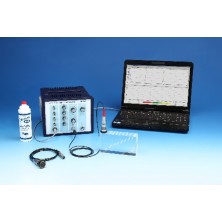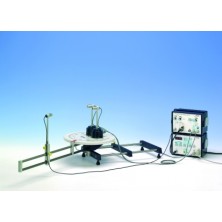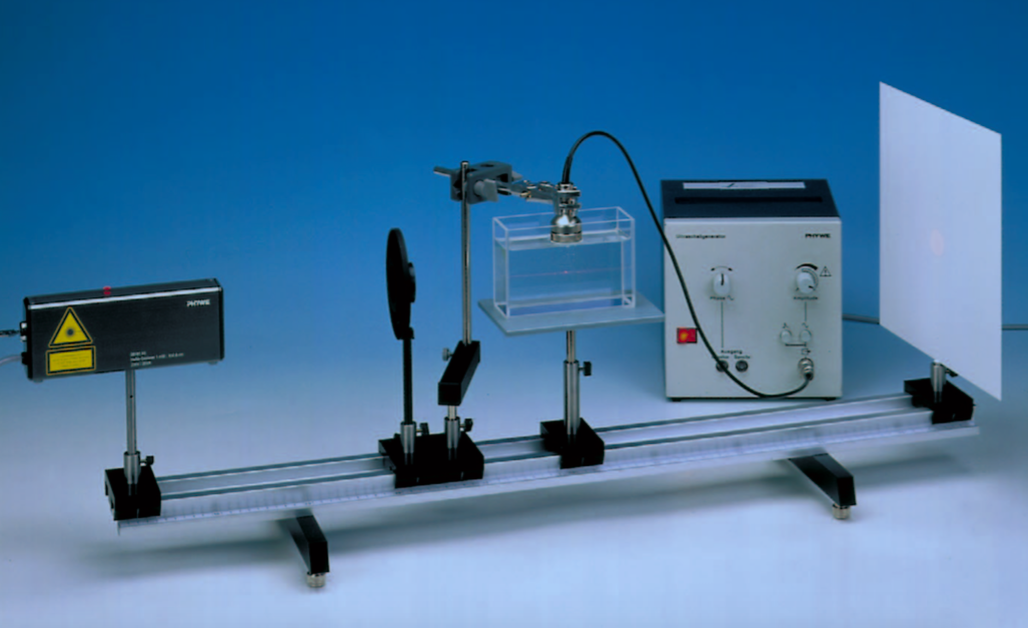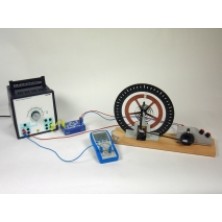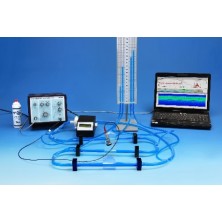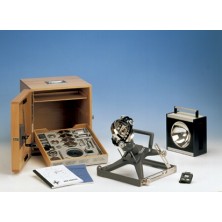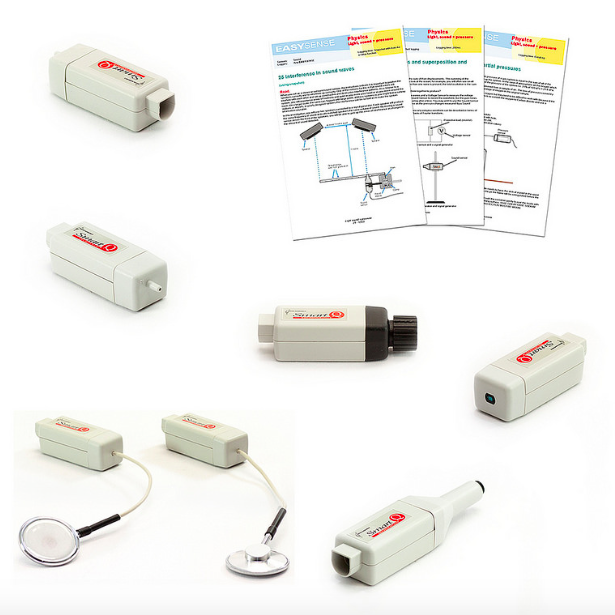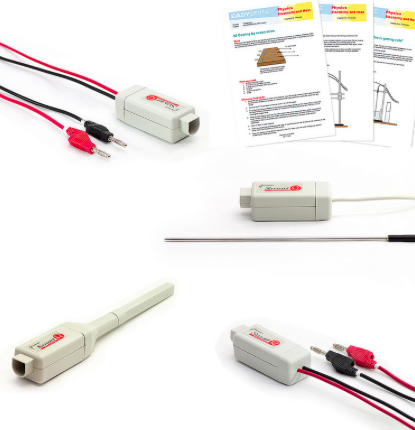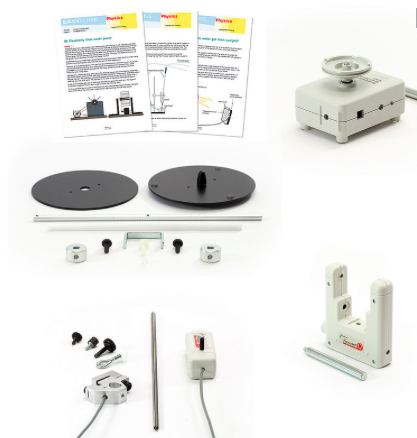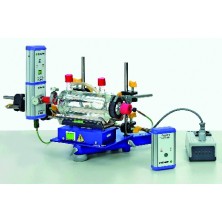
Equation of state for ideal gases with Cobra4
(gas laws: Gay-Lussac, Amontons, Boyle) Item no.: P2320160 Principle The state of a gas is determined by temperature, pressure and amount of substance. For the limiting case of ideal gases, these state variables are linked via the general equation of state. For a change of state under isochoric conditions this equation becomes Amontons’ law. In

